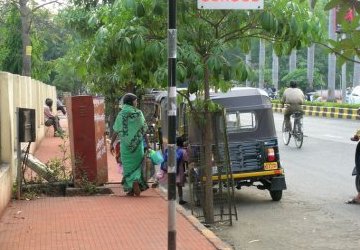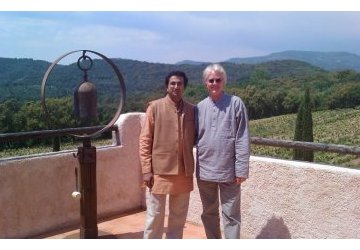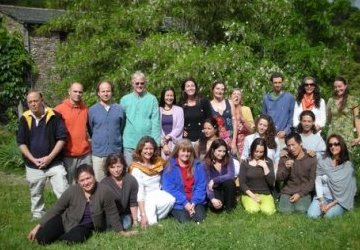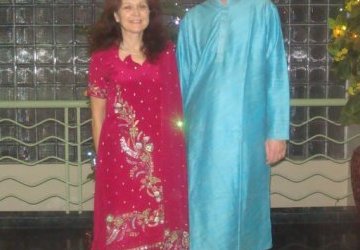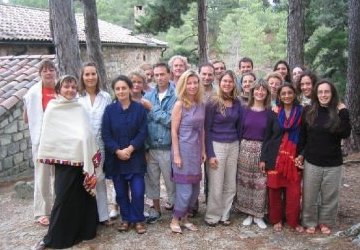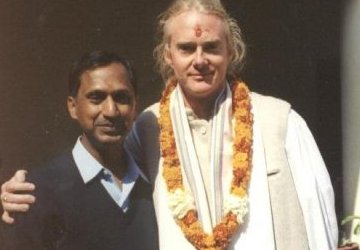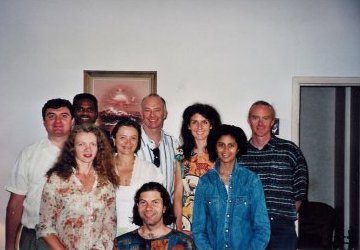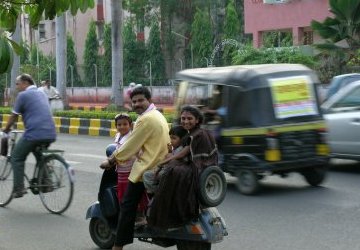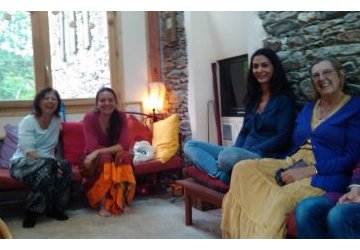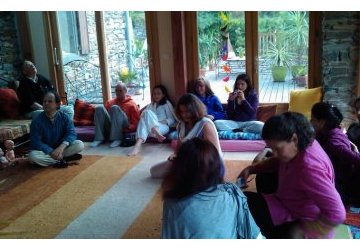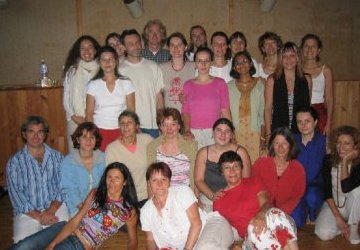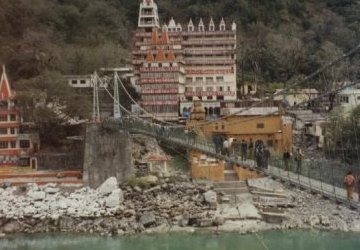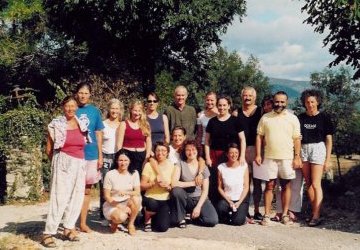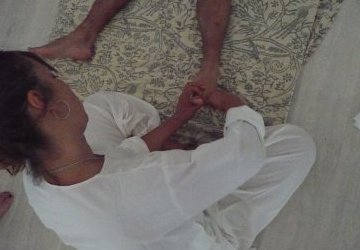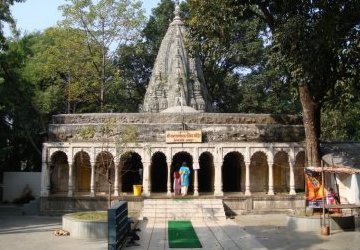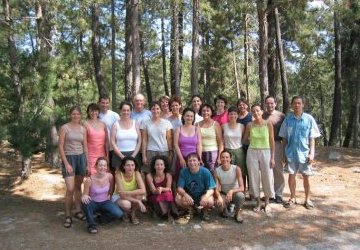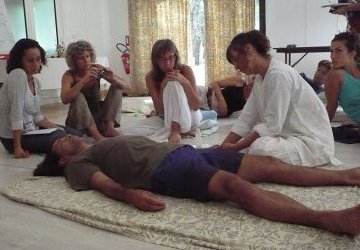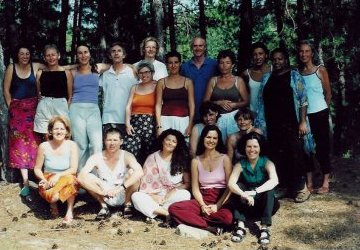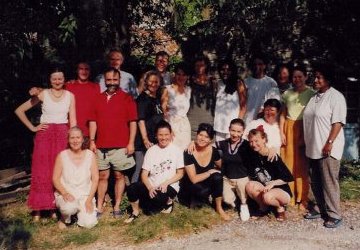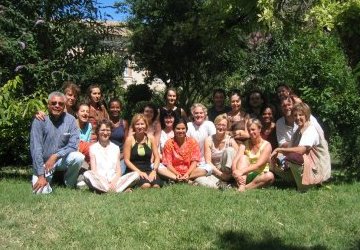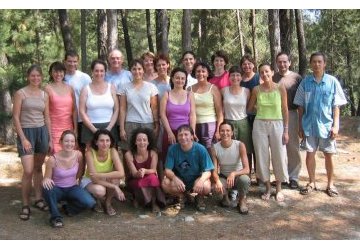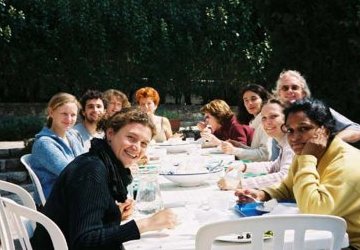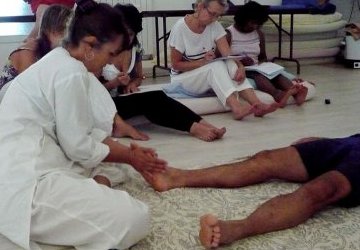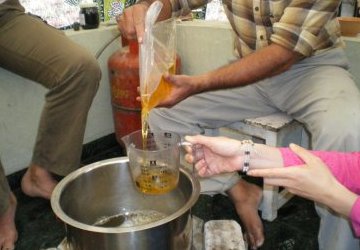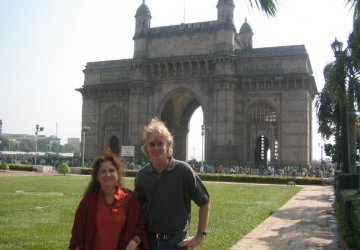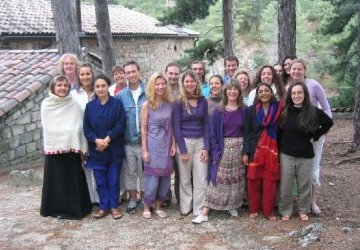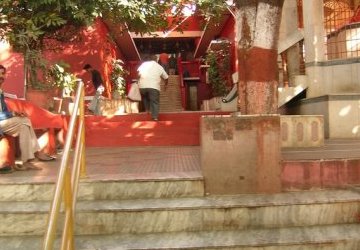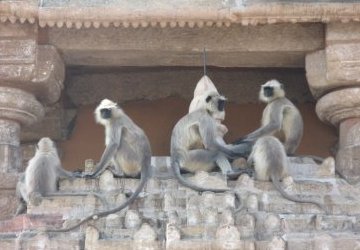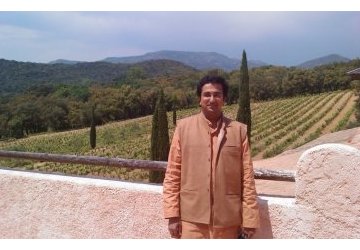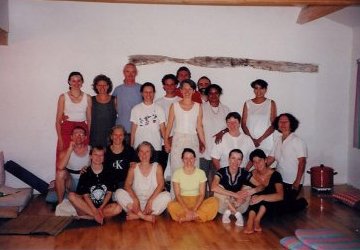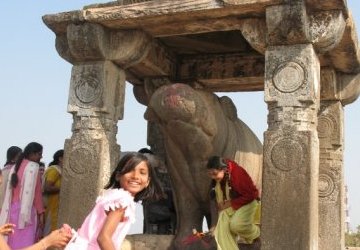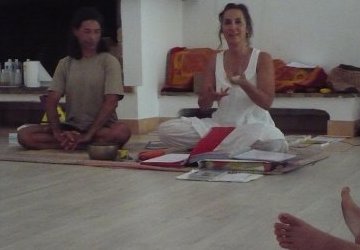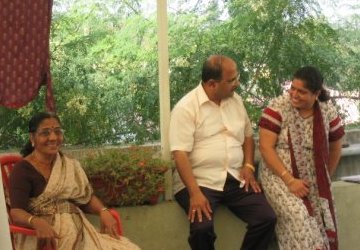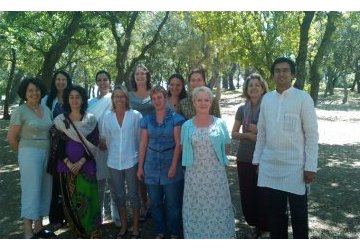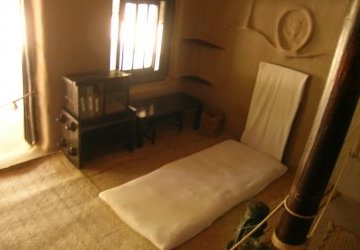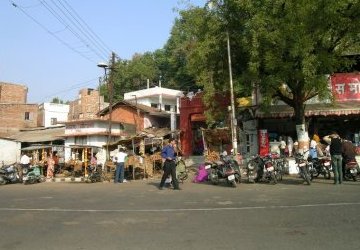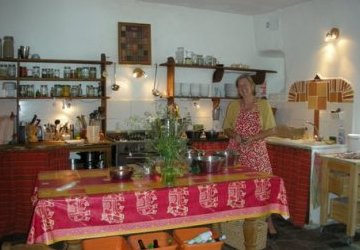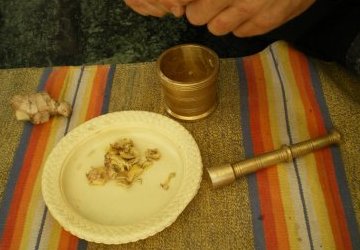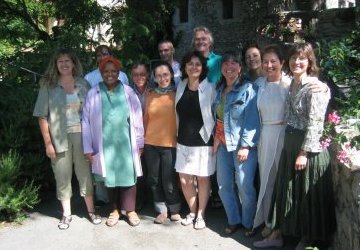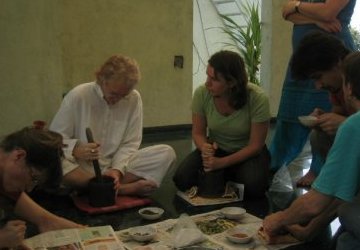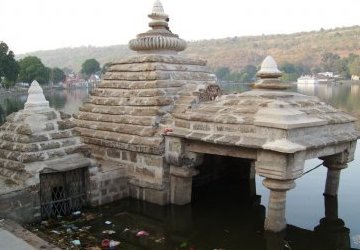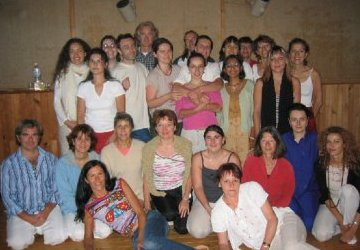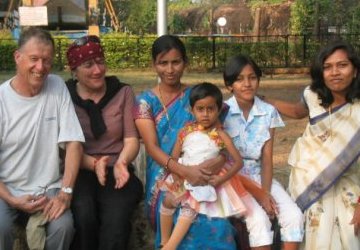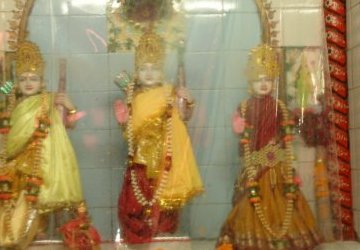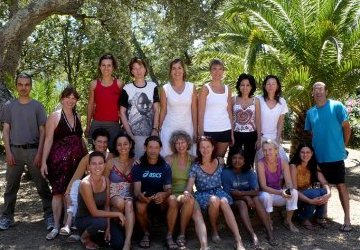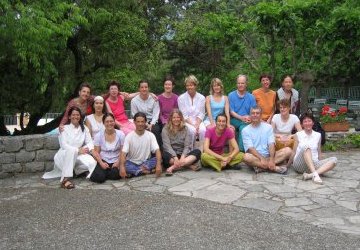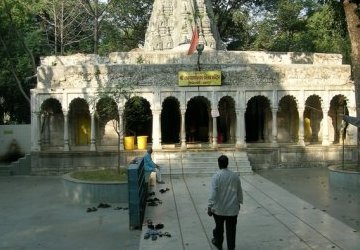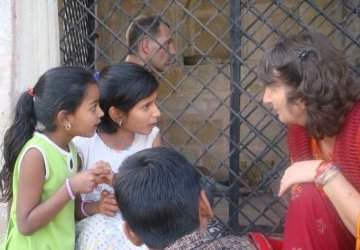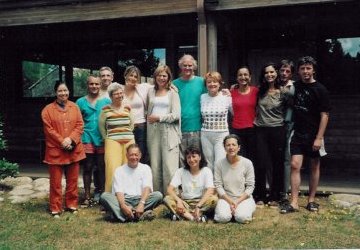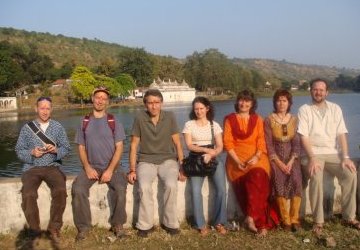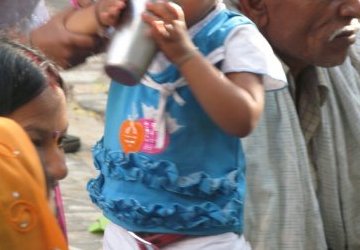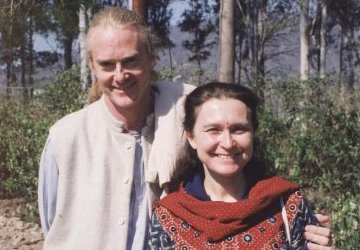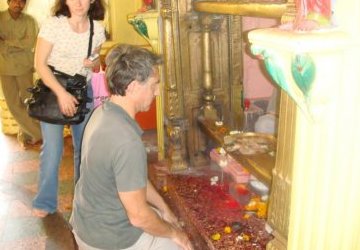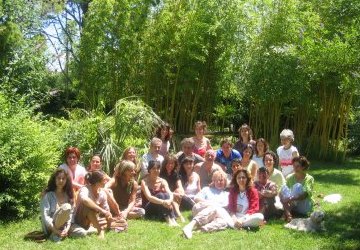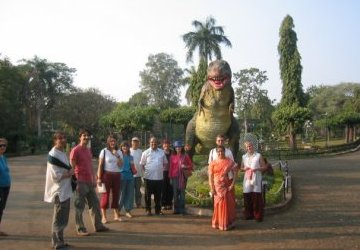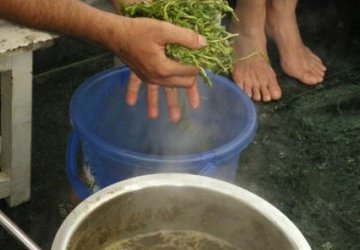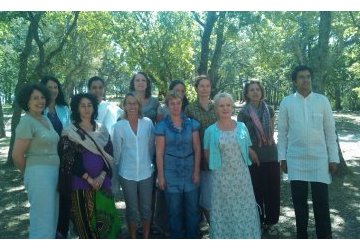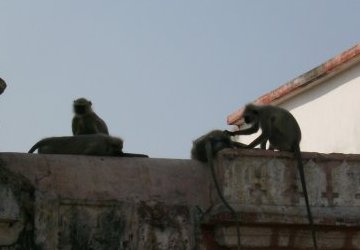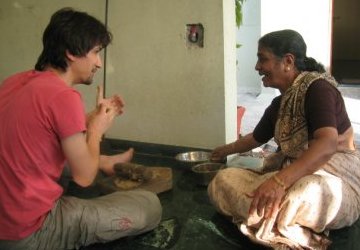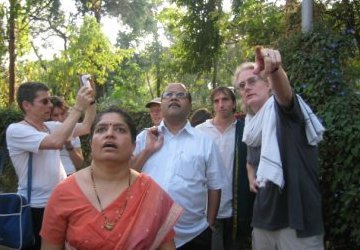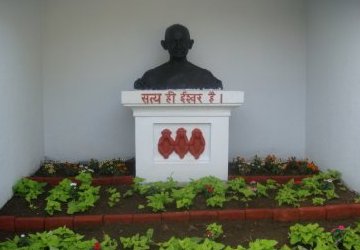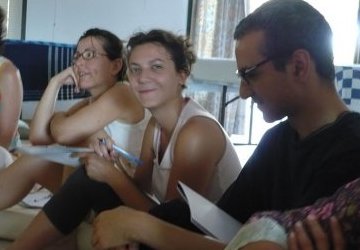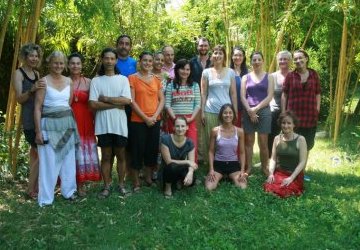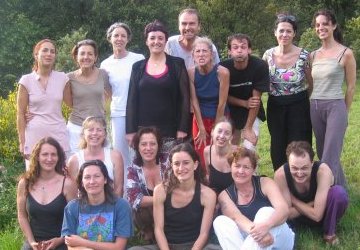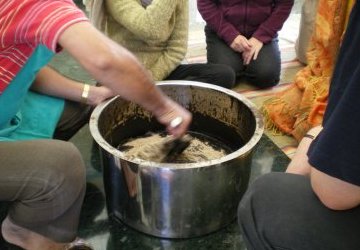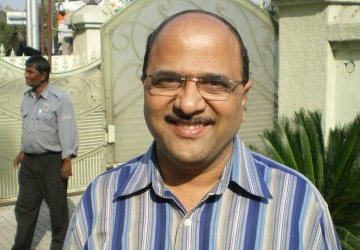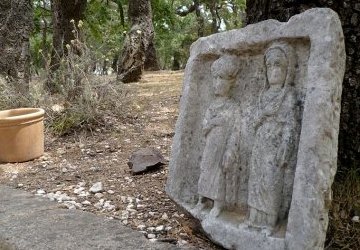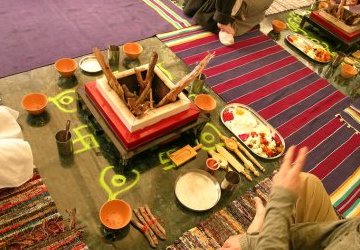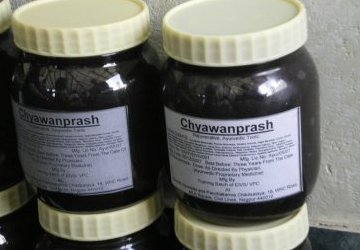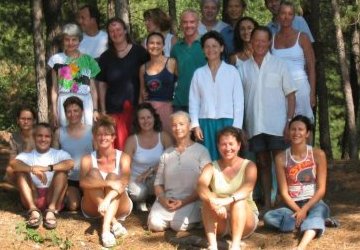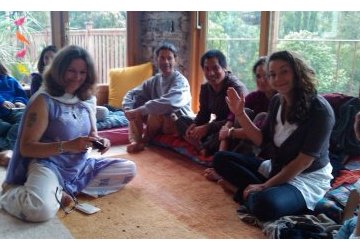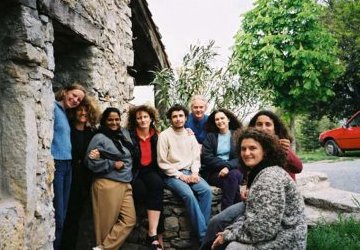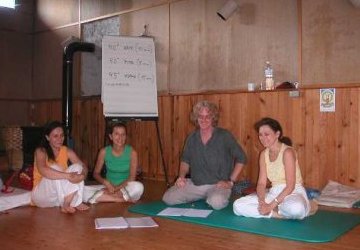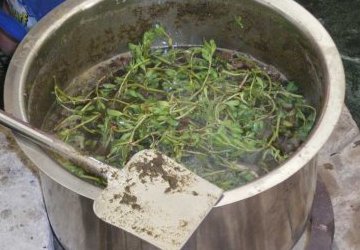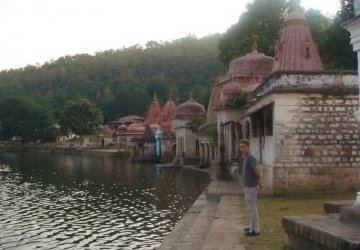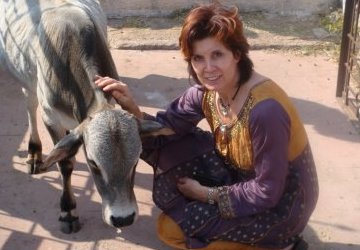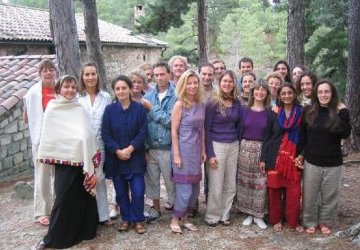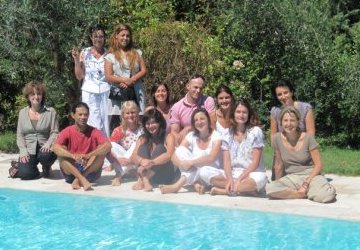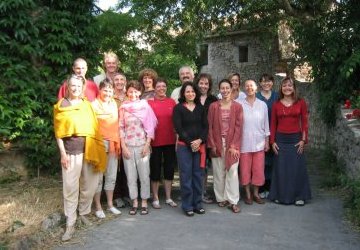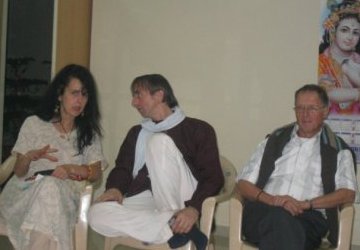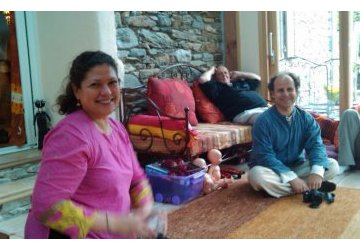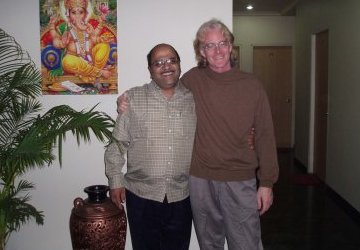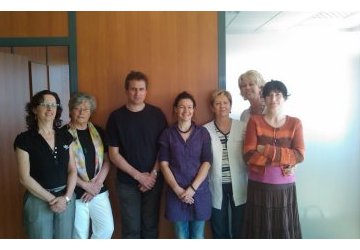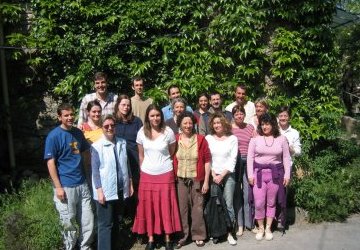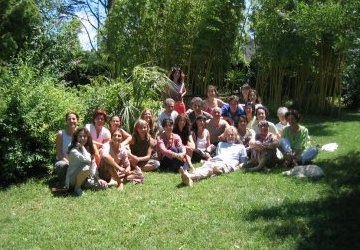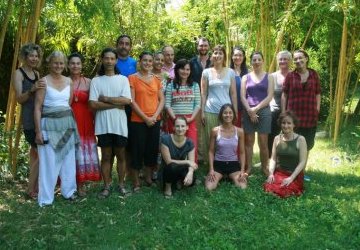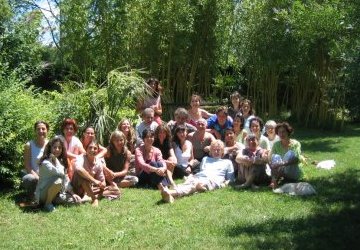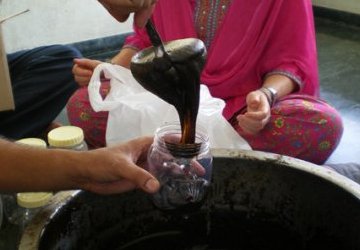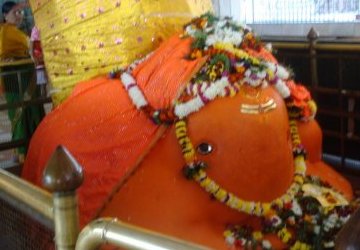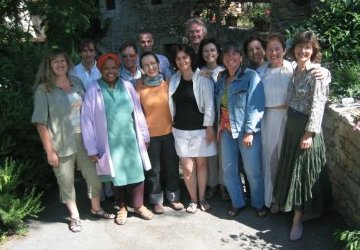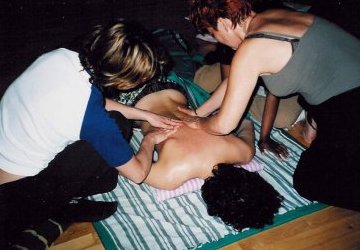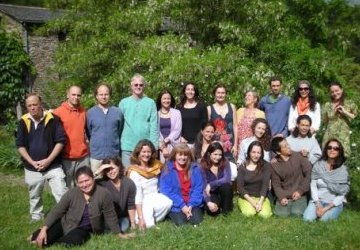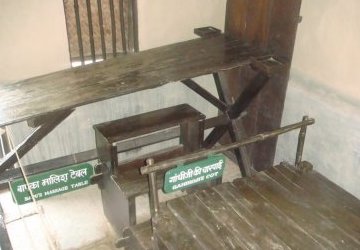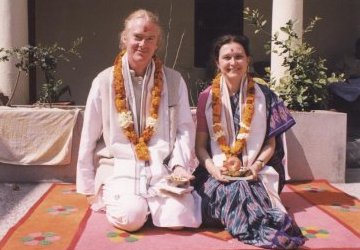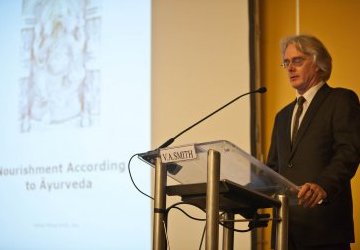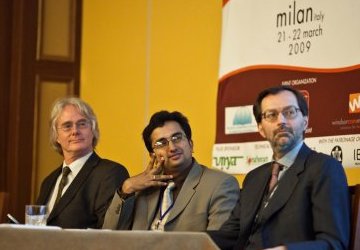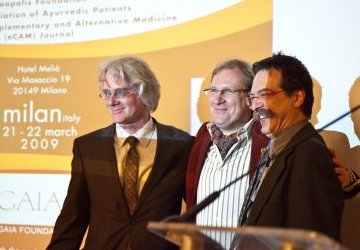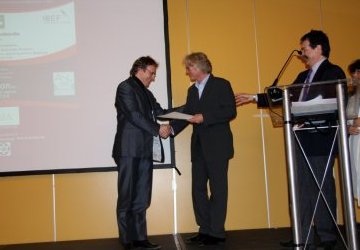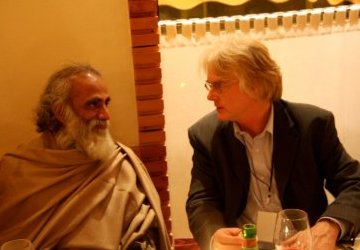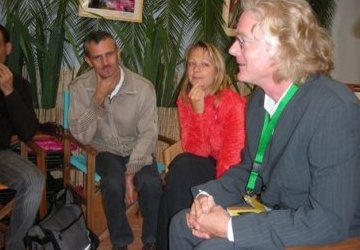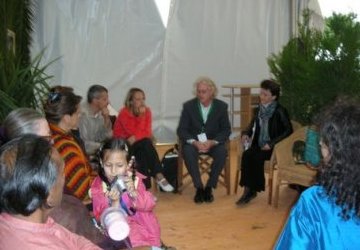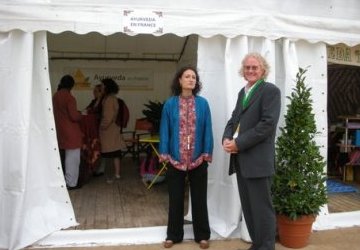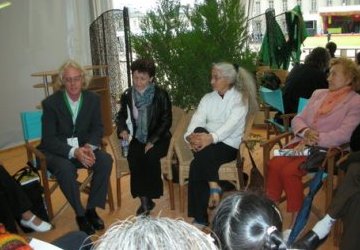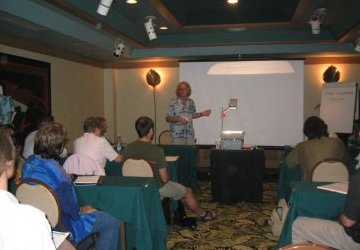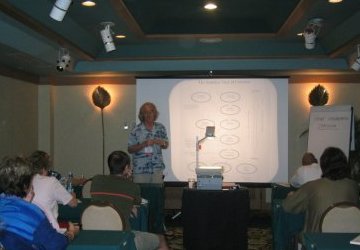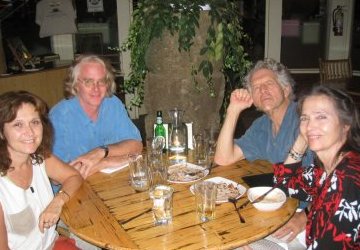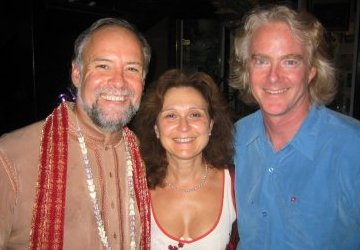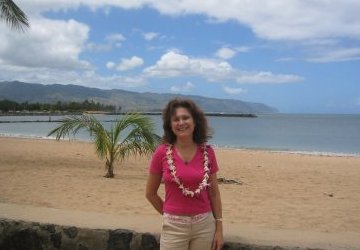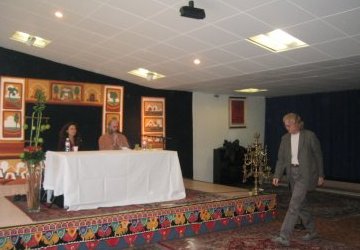Tendonitis
Ayurvedic medicine recognizes that all disease is the result of doshic imbalance. Therefore, all diseases are classified first by dosha that is implicated in the disorder (Roga) and then by the dosha that has caused the disorder (dosha + ja). In Ayurveda disorders of the tendons are considered to be related to Rakta Dhatu which is managed by Pitta Dosha. Normally any problem with the tendons causes an aggravation of Pitta; hence disorders of the tendons are classified as Pitta Roga. This classification includes a number of modern disorders to the tendons and sometimes even ligaments or muscles.
In Ayurveda Tendonitis can either be inflammatory or non-inflammatory unlike modern medicine which has classified all types as inflammatory. If Vata or Kapha is the cause of the disorder then it will be of a non-inflammatory nature. If Pitta is the cause then it will be inflammatory in nature. Repetitive action disorders to the tendons can be due to either Vata or Pitta, so they can be either inflammatory or non-inflammatory depending on the causal dosha.
Treatment is given according to the causal dosha, not according to Roga. This is termed as Vataja, Pittaja or Kaphaja in Ayurveda. Below is a general description of three primary kinds of tendonitis.
Vataja – this is a non-inflammatory type of tendonitis; it is characterized by quick onset with variable degrees of pain and symptomology; the pain can be migrating or it can move around in a very localized area of the body (elbow, knee, etc.); timing of the pain symptoms are irregular and can vary from day to day; it can be due to repetitive actions; pain symptoms lack heat, and tend to be throbbing, or lancing in nature; pain can be quite acute, but usually does not last long periods of time without easing up; early morning and late afternoon are usually the worst times of the day with the autumn being the worst season for chronic types.
Pittaja – this is an inflammatory type of tendonitis; it is characterized by progressive onset with consistent degrees of pain and symptomology; the pain is localized and has a burning quality to it; this burning pain remains localized and does not move, or if it moves it does so by increasing the number of locations, staying in the first location as it moves into new locations; common symptoms are accompanied by red colorations of the skin; the pain is acute and burning in nature; pain can last for long periods of time without relenting; mid-day and midnight are the daily periods that are the most difficult and summer is the season the most difficult for chronic types.
Kaphaja – this is a non-inflammatory type of tendonitis; it is characterized by a slow onset with consistent degrees of low grade pain and regular symptomology; pain is dull and regular with stable and consistent symptoms; the pain tends to be deep and dull rather than superficial and acute; it stays localized and will expand to new sites in a slow, progressive manner; edema or swelling can accompany this type of tendonitis; morning and early evening are the times of day that are the most problematic and late winter, early spring are the seasons that are the most difficult for chronic types.
Vatapittaja – this type combines the symptomology of Vata and Pitta together and can favor either Vata or Pitta symptoms. It is usually an inflammatory type of tendonitis.
Vatakaphaja – this type combines the symptomology of Vata and Kapha together and can favor either Vata or Kapha symptoms. It is usually a non-inflammatory type of tendonitis.
Pittakaphaja – this type combines the symptomology of Pitta and Kapha together and can favor either Pitta or Kapha symptoms. It is usually an inflammatory type of tendonitis.
Repetitive Action Tendonitis – this this type can relate to the symptomology of either Vata or Pitta, or it can combine the two together. Thus, it can favor either Vata or Pitta symptoms or mix them together. It is usually an inflammatory type of tendonitis.
Treatment
Treatment is based on the causal Dosha. The first step of treatment is to remove the causal factors that are causing the Dosha to increase and provoke the pathology. For example if the tendonitis is Pittaja in nature all dietary factors that aggravate Pitta need to be removed – such as eliminating acidic, sour and fermented foods from the diet. Hence, lifestyle and dietary therapies for each Dosha need to be prescribed and explained to the patient as per the cause. The same would be true if it was Vataja or Kaphaja in nature.
The second step would be to prescribe specific external treatments to reduce pain and discomfort for the patient. This step includes the application of special oils and herbal compress (Lepa).
The third step would be to increase the strength of the tendons, ligaments and muscles at the painful site and surrounding areas. This can be done with mild exercise, isometric exercise, or with a personal coach.
All three steps are important and should not be eliminated from the treatment protocol.
Treatment for Vataja types of Tendonitis
Step 1: use a Vata reducing lifestyle and diet. Stabilize meal times and diet with regularity.
Step 2: use Maha Narayana oil or Balaashwagandhi oil for local application of oil on the afflicted area. If these oils are not available then use cold pressed sesame oil. Begin with local applications of oil two times per day followed by local applications of heat. Use a hot water bottle covered in a towel as the local heat source. An electric heating pad covered with a towel can be used, but is not as good due to the nature of the heat (humid heat vs dry heat). Ideally this should be done two times per day in the morning and evening for 20 minutes. If this is not possible then it should be done before sleeping in the evening on a daily basis. This removes the pain and increases flexibility of the afflicted area.
Procedure - cover afflicted area with oil; there should be a thick coating of oil; do not massage the area; cover your hot water bottle with a towel; cover the oily skin with the hot water bottle; leave the heat source on the area until the oil has been absorbed – about 15 to 20 minutes.
Step 3: use soft exercise like isometric to strengthen the tendons. Some pain can manifest with mild exercise and should be ignored. Ideally these exercises should be done two times per day in the morning and evening. As the strength of the area in increased the pain will decrease. The exercise should use the tendons, ligaments and muscles in a different manner than the repetitive action that may have caused it.
Treatment for Pittaja types of Tendonitis
Step 1: use a Pitta reducing lifestyle and diet. Remove all dietary factors that aggravate Pitta – such as acidic, sour and fermented foods. Mild spices are acceptable.
Step 2: use Castor oil for local application of oil on the afflicted area. Begin with local applications of oil two times per day followed by local applications of heat. Use a hot water bottle covered in a towel as the local heat source. An electric heating pad covered with a towel can be used, but is not as good due to the nature of the heat (humid heat vs dry heat). Ideally this should be done two times per day in the morning and evening for 20 minutes. If this is not possible then it should be done before sleeping in the evening on a daily basis. This removes the pain and increases flexibility of the afflicted area.
Procedure - cover afflicted area with oil; there should be a thick coating of oil; do not massage the area; cover your hot water bottle with a towel; cover the oily skin with the hot water bottle; leave the heat source on the area until the oil has been absorbed – about 15 to 20 minutes.
Step 3: use soft exercise like isometric to strengthen the tendons. Some pain can manifest with mild exercise and should be ignored. Ideally these exercises should be done two times per day in the morning and evening. As the strength of the area in increased the pain will decrease. The exercise should use the tendons, ligaments and muscles in a different manner than the repetitive action that may have caused it.
Treatment for Kaphaja types of Tendonitis
Step 1: use a Kapha reducing lifestyle and diet. Avoid eating in the morning and eating heavy foods like dairy in the evening. Daily exercise is important part of lifestyle for Kapha types.
Step 2: use Maha Narayana oil or Balaashwagandhi oil for local application of oil on the afflicted area. If these oils are not available then use cold pressed sesame oil. Begin with local applications of oil two times per day followed by local applications of heat. Use a hot water bottle covered in a towel as the local heat source. An electric heating pad covered with a towel can be used, but is not as good due to the nature of the heat (humid heat vs dry heat). Ideally this should be done two times per day in the morning and evening for 20 minutes. If this is not possible then it should be done before sleeping in the evening on a daily basis. This removes the pain and increases flexibility of the afflicted area.
Procedure - cover afflicted area with oil; there should be a thick coating of oil; do not massage the area; cover your hot water bottle with a towel; cover the oily skin with the hot water bottle; leave the heat source on the area until the oil has been absorbed – about 15 to 20 minutes.
Step 3: use mild aerobic exercise to strengthen the tendons. If this is not possible use isometric exercises to strengthen the tendons. Some pain can manifest with exercise and should be ignored. Ideally these exercises should be done two times per day in the morning and evening for 10 minutes. As the strength of the area in increased the pain will decrease. The exercise should use the tendons, ligaments and muscles in a different manner than the repetitive action that may have caused it.
Treatment for Repetitive Action Tendonitis
Treatment is the same as for either Vataja or Pittaja depending on the symptoms. The important addition is that Step 3 exercises should vary in movement from the repetitive movement. This means that the patient should use the arm in a different movement from using the computer mouse if the mouse is the cause of the tendonitis. For example, the exercise could be moving the arm from the hip to over the head – from the front to the back and then the back to the front – as this movement of the arm is different than the movement of controlling the mouse.
Copyright © 2017 EIVS GmbH
– Ayurvedic Medicine for Westerners series of textbooks
Application of Ayurvedic Treatments Throughout Life (Volume 5)
Dravyaguna for Westerners (Volume 4)
Clinical Protocols and Treatments in Ayurveda (Volume 3)
Pathology & Diagnosis in Ayurveda (Volume 2)
Anatomy and Physiology in Ayurveda (Volume 1)


